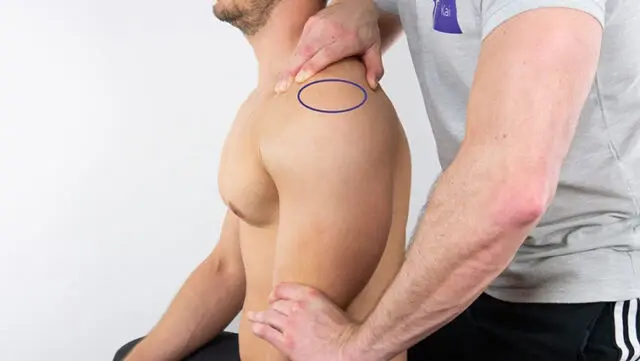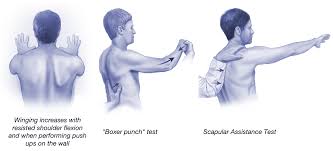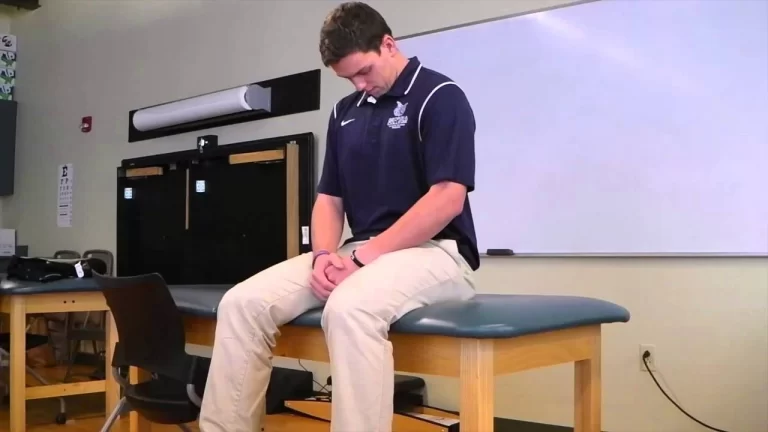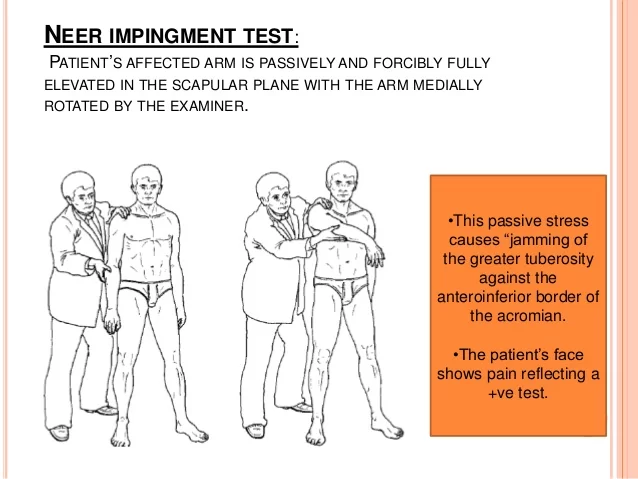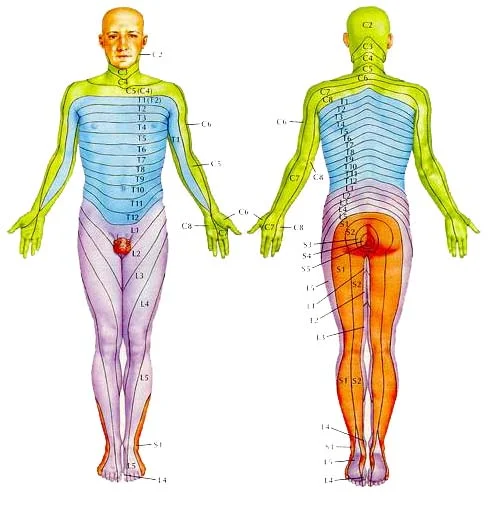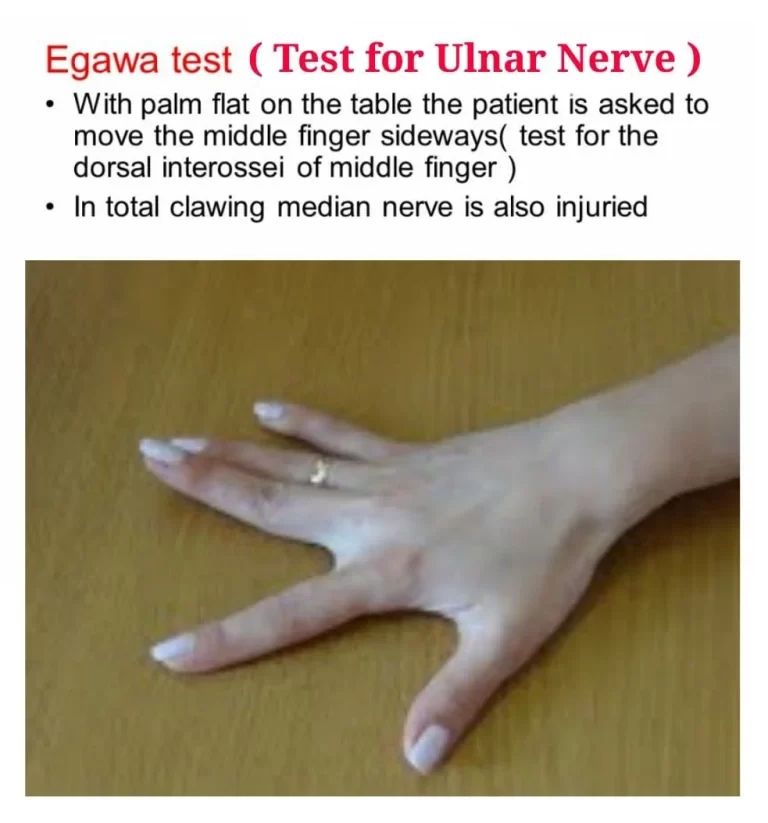Sulcus Sign
Objectives: The Sulcus Sign is an examination test used to check shoulder instability, mainly inferior instability. It involves the clinician applying a downward force on the humerus while stabilizing the scapula. A positive Sulcus Sign is indicated by the presence of a visible sulcus or groove beneath the acromion, suggesting that the humeral head has…

